
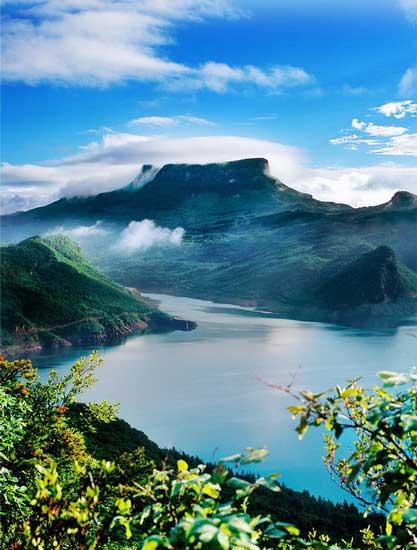 |
| Wunu Mountain City (CNTV) |
As one of the most distinctive and influential ancient regimes in China’s northeast region, the Koguryo Kingdom had a splendid history. The main historic relics of the Kingdom was gradually discovered in China’s Jilin Province and Liaoning Province, and the relics have become irreplaceable material proofs of that period of history and have extremely high historic and cultural value. Especially, the ancient capital cities, imperial tombs and nobles’ tombs are extremely valuable.
1. Capital cities
Of the capital cities, the Five Women Mountain City was the first founded by the Koguryo minority nationality in northeast of China in ancient times. As the earliest-built out of the over 100 Koguryo mountain cities along the Yalu River, it was quite large in scale, had perfect urban systems and was also well-preserved. In the city, many important buildings remain and daily life and military relics of the early period of the Koguryo Kingdom are widely scattered and the cultural content is abundant. The construction of the Five Women Mountain City inherited the architectural traditions of China’s northern nationalities, but made great breakthroughs and innovation, and was very unique in the aspects such as site selection, design, city wall construction, and stone material processing. It was an outstanding mountain city example and marked that the mountain city construction technologies in the northeastern region of China and Northeast Asia had entered a new era. It was also a milestone in the architectural history of China’s northeastern nationalities. Based on this capital city, the people of the Koguryo nationality started to expand their living area and created extremely distinctive culture in their history of over 700 years.
Guonei City and the Wandu Mountain City (called Weinayan City originally) were the capitals of the Koguryo Kingdom in its middle period (first century to the fifth century). The two capitals, one on the plains and one on the mountain, could support each other. Of the cities built during the Middle Ages in Northeast Asia, Guonei City and Wandu Mountain City were both outstanding examples. Currently, Guonei City is a plain city relic with well-preserved stone city walls, which are rarely seen in other city relics. The preserved city walls are still solid and firm and look beautiful and splendid, and can still reflect the prestige of the capital. Based on the landforms of the mountain, the design of the Wandu Mountain City was quite proper and delicate, perfectly integrating human work and nature. The palace relics unearthed and revealed by archeologists still show the majesty of the original buildings. Guonei City and Wandu Mountain City served as the capitals of the Koguryo Regime for the longest time, and through their relics, we can still witness the splendid Koguryo culture which had disappeared in the long history.
2. Imperial and nobles’ tombs
The Donggou Burial Group, which was discovered in the Tonggou Plains surrounded by mountains outside Guonei City and Wandu Mountain City, contains about 7,000 ancient tombs of the Koguryo Kingdom, making it tops among all burial groups in Northeast Asia. It not only reflects the development course of the Koguryo Kingdom’s history, but also is a priceless cultural and art treasure that the Koguryo people left for the human race. Tens of large-scale imperial tombs including the representative General’s Tomb and Taiwang Tomb, as well as a great amount of imperial and noble frescoes are the epitome of the Koguryo Kingdom’s high-level of architectural and art achievements. The inscription on the King Haotai Stele standing to the east of the Taiwang Tomb is the longest Koguryo document of literature ever discovered. More important, the perfect integration of the local Koguryo culture and the culture of its surround regions especially from the central plains of China can be fully reflected from these relics, which are all classic works created by the Koguryo people for the following people and whose unique charm has spread to the entire world.



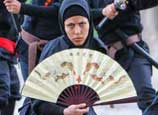
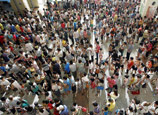

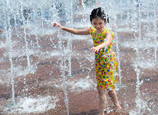

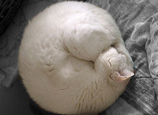
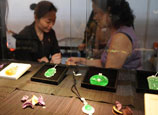







 Rainstorms flood more than 10,000 cars in underground garages in Wuhan
Rainstorms flood more than 10,000 cars in underground garages in Wuhan


![]()
